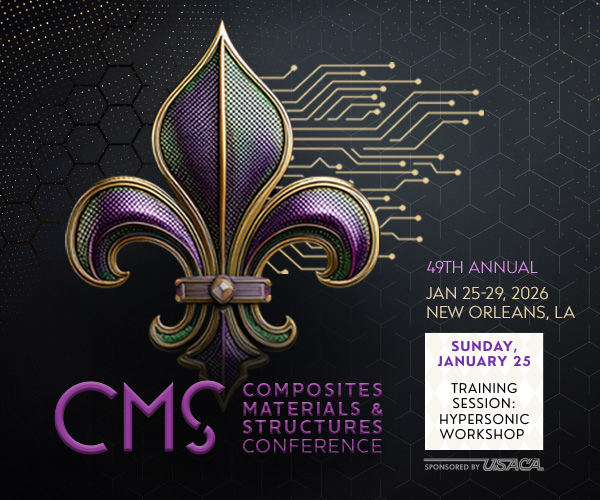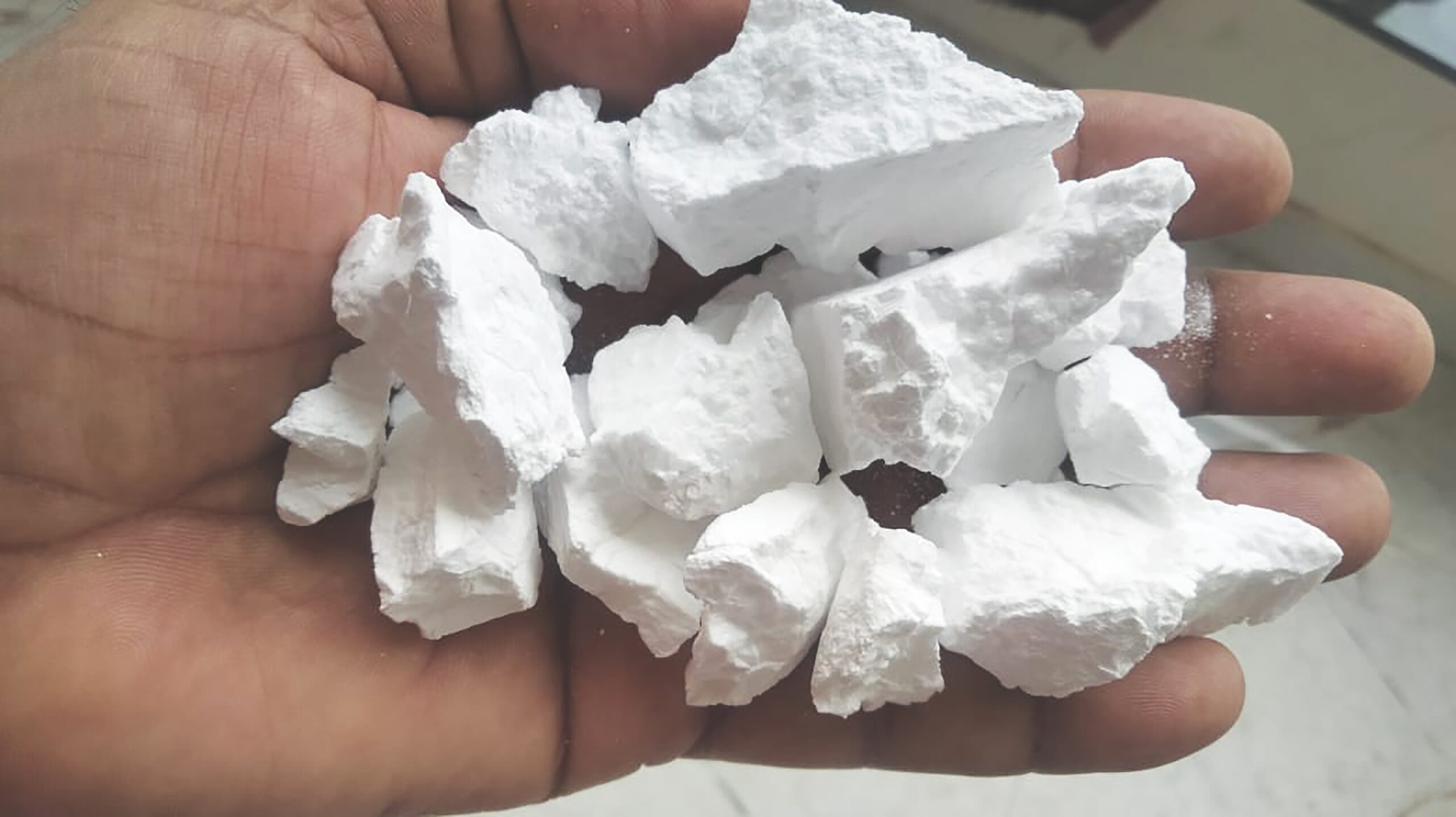To the editor:
As a means of proclaiming epochal periods in the history of humankind, historians have classified eras from several perspectives, such as materials, human activity, and astrological theory. Respective examples are “The Iron Age,” “The Age of Enlightenment,” and the “Age of Aquarius.” During the last decade, there has been an emerging sense that we live in “The Age of Glass.” Based on the discussion below and our professional experiences—both individually and collectively—we wish to affirm this epic moment in the history of glass.
That we have arrived at this milestone is supported by the United Nations declaring 2022 “The International Year of Glass,” the first time this honor was bestowed on a material.1 This celebratory year gave us a platform through which to confirm the centrality of glass in modern society, look into the crystal ball to muse on the material’s future, and thank some of the glass pioneers who helped bring us to this point.
Though the International Year has come and gone, glass continues to flow into our lives, enabling a menagerie of daily uses and appreciation in architecture, transportation, communications, science, art, and especially medicine, e.g., glasses for wound healing, cancer treatment, and eye care. Some of these threads are obvious while others less so: glass windows in homes and cars; fiberglass insulation; glass jars to store food; glass cover plates on phones, tablets, and TVs; glass optical fibers that enable e-commerce and the internet; and glass art all around us, to name just a few. Glass lets us peer into the extremes of nature: from the celestial scale by reflection of specialty glass mirrors in the Edwin Hubble Space Telescope to the infinitesimal through the lens of microscopes; from the intensely bright glass fiber lasers that outshine the sun to the dimmest glass lightbulbs that help illuminate the darkness. A day without glass is a day without most modern conveniences and enjoyments.
Mother Nature has a soft spot for glass. Despite millennia of study and development, she has hidden a plethora of questions about glass science and engineering that provide numerous opportunities for future discovery. Some especially noteworthy questions offered by the authors of this letter include
- Can we learn to predict using theoretical models or computer simulations the crystallization speed (or critical cooling rate) required to avoid devitrification?
- Will all glasses eventually crystallize in the limit of infinite time?
- What are the structural origins of glass relaxation?
- What are the silica glass network’s four yield strengths (in dilation, pure compression, shear tearing mode, and shear twisting mode)?
- What is the nature of the glassy state?
- Can industry develop rapid homogenization and fining technology that permits single melter–multiforehearth factories to produce multiple compositions that optimize glass properties for specific applications and minimize production costs?
- How to decarbonize glass manufacturing?
For as long as humans have existed, glass has played an important role in enabling community and progressing society. Its future remains as bright as ever, arguably more so than in the past. We stand here, now, on the shoulders of giants, with a list of unanswered questions that will help define the role of glass in our future. Let’s get started!
Lastly, in recognition and appreciation of those who contributed so much to laying the groundwork of glass science, the Glass & Optical Materials Division of The American Ceramic Society established the L. David Pye Lifetime Achievement Award in 2019. The history of this Award and its greater meaning to those recognized can be read about below.
Sincerely,
John Ballato,a Kathleen Richardson,b Mario Affatigato,c Richard Brow,d John Mauro,e Edgar Zanotto,f Lisa Klein,g Minoru Tomozawa,h William LaCourse,i Doris Möncke,i Collin Wilkinson,i L. David Pye,i S.K. Sundaram,i Alastair Cormack,i Manoj Choudhary,j Arun Varshneya,k and Carol Jantzenl
aClemson University, Clemson, S.C.
bUniversity of Central Florida, Orlando, Fla.
cCoe College, Cedar Rapids, Iowa
dMissouri University of Science and Technology, Rolla, Mo.
eThe Pennsylvania State University, University Park, Pa.
fFederal University of São Carlos, Brazil
gRutgers University, Piscataway, N.J.
hRensselaer Polytechnic Institute, Troy, N.Y.
iNew York State College of Ceramics, Alfred University, Alfred, N.Y.
jThe Ohio State University, Columbus, Ohio
kNew York State College of Ceramics, Alfred University, Saxon Glass Technologies, Inc., Alfred, N.Y.
lUniversity of South Carolina, Aiken, S.C.
Read more: “L. David Pye Glass Hall of Fame Award“
This article published as a “Letter to the Editor” in the print version of the December 2024 Bulletin.
Issue
Category
- Glass and optical materials
Article References
1A. Durán and J. M. Parker, “Celebrating glass, achieving sustainability, inspiring transformation: A report on the activities undertaken for the United Nations International Year of Glass 2022,” Consejo Superior de Investigaciones Científicas, Madrid 2024.
Related Articles
Bulletin Features
Sintered synthetic cristobalite: Innovative kiln-based thermal transformation of quartz
Cristobalite, a high-temperature polymorph of silica, is widely used in ceramics, glass, paints, refractories, and dental materials due to its low density, high whiteness, thermal expansion behavior, and mechanical stability. Traditional cristobalite production methods rely on static sintering of finely ground quartz at high temperatures (~1,750°C) for extended durations (2–3…
Market Insights
Bioactive glass continues to transform medical care decades after first hitting the market
Almost 60 years ago, a chance meeting led to pioneering work that has improved medical care and seeded future innovations. In the late 1960s, a young professor named Larry Hench traveled to a conference in Sagamore, N.Y., where he happened to sit next to a U.S. Army colonel who was…
Market Insights
Sustainable development and design: Inspiration from landscape-shaping creatures
Animals are not just passive inhabitants of their environment. Many are architects of the natural world, actively shaping landforms and water bodies as they move around, feed, build homes, and reproduce. This impact by animals on different biomes has traditionally been overlooked in the environmental sciences. But scientists and engineers…




